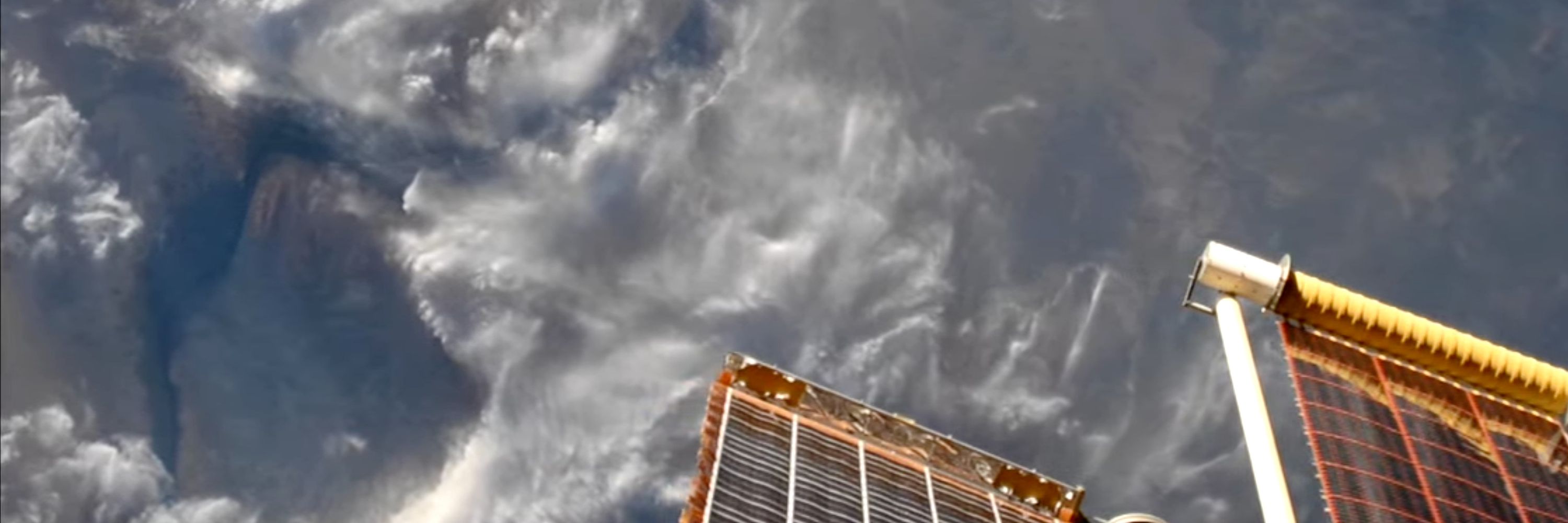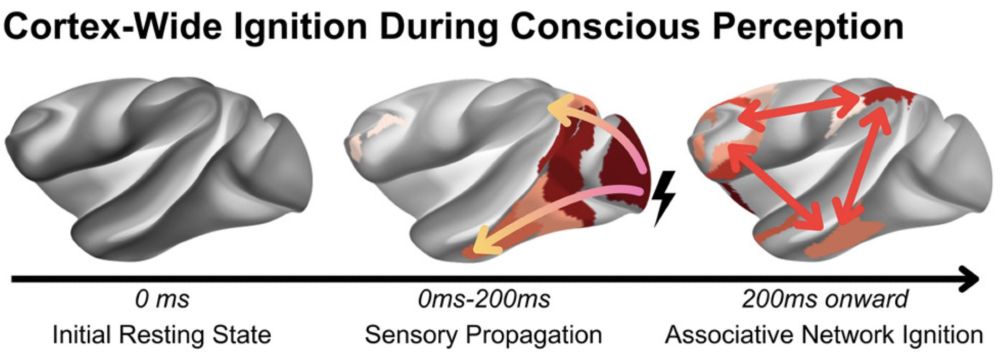
MESEC enthousiast
A must-read in theoretical neuroscience from Xiao-Jing Wang.

A must-read in theoretical neuroscience from Xiao-Jing Wang.
We teamed up with Nicola Palomero's lab to measure the NMDA/AMPA ratio across the cortex (after all the work we put in building the model, it would be rude of the data not to match our predictions).
And Voilà!🧠✨Monkeys' brains agree with us.
Very polite

We teamed up with Nicola Palomero's lab to measure the NMDA/AMPA ratio across the cortex (after all the work we put in building the model, it would be rude of the data not to match our predictions).
And Voilà!🧠✨Monkeys' brains agree with us.
Very polite
Since sensory regions get more feedback projections, they should have more NMDA receptors than associative areas.
Which is counterintuitive—past studies emphasized NMDA in association areas, not sensory regions!

Since sensory regions get more feedback projections, they should have more NMDA receptors than associative areas.
Which is counterintuitive—past studies emphasized NMDA in association areas, not sensory regions!
✅ AMPA receptors strongly mediate feedforward pathways—so sensory info propagates fast
✅ Feedback pathways are relatively more NMDA-driven
Outside this sweet spot, we either lose bifurcation entirely or ignite the whole cortex

✅ AMPA receptors strongly mediate feedforward pathways—so sensory info propagates fast
✅ Feedback pathways are relatively more NMDA-driven
Outside this sweet spot, we either lose bifurcation entirely or ignite the whole cortex
The model reproduces several experimental findings, including by @pieterroelfsema.bsky.social , @clairesergent.bsky.social & @standehaene.bsky.social, but only if we stick within this region of parameter space.

The model reproduces several experimental findings, including by @pieterroelfsema.bsky.social , @clairesergent.bsky.social & @standehaene.bsky.social, but only if we stick within this region of parameter space.
Stimuli shift the nullclines, pushing the system toward the excited state—or back to rest.
Then, a network of associative regions together switches between two states:
😴Resting(low activity)
🤩 Excited(high activity)

Stimuli shift the nullclines, pushing the system toward the excited state—or back to rest.
Then, a network of associative regions together switches between two states:
😴Resting(low activity)
🤩 Excited(high activity)
And in a very specific region of this space, something cool happens...
🔥 A dynamic bifurcation! 🔥

And in a very specific region of this space, something cool happens...
🔥 A dynamic bifurcation! 🔥
This way, we can simulate neuronal activity across the whole cortex at the millisecond scale.

This way, we can simulate neuronal activity across the whole cortex at the millisecond scale.
Visual information enters the cortex through V1, crawls through the visual streams like a wave🌊, reaching associative regions.
Sometimes, the sensory wave🌊dies off. Other times, it triggers a cortex-wide ignition🔥.
What's behind this magic?
Visual information enters the cortex through V1, crawls through the visual streams like a wave🌊, reaching associative regions.
Sometimes, the sensory wave🌊dies off. Other times, it triggers a cortex-wide ignition🔥.
What's behind this magic?
We built a biophysical model of the cortex to zoom in to synaptic interactions and zoom out to whole-cortex neural dynamics during perception.
It revealed a key mechanism for ignition🧵...
www.cell.com/cell-reports...

We built a biophysical model of the cortex to zoom in to synaptic interactions and zoom out to whole-cortex neural dynamics during perception.
It revealed a key mechanism for ignition🧵...
www.cell.com/cell-reports...

